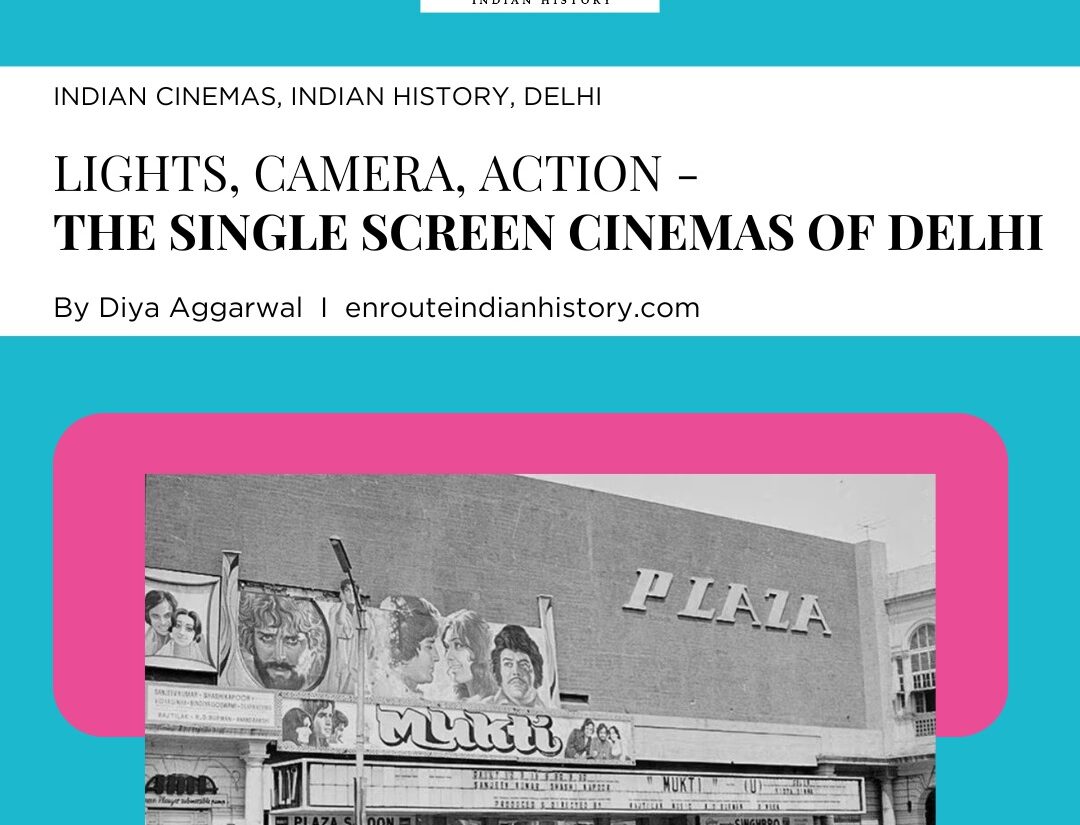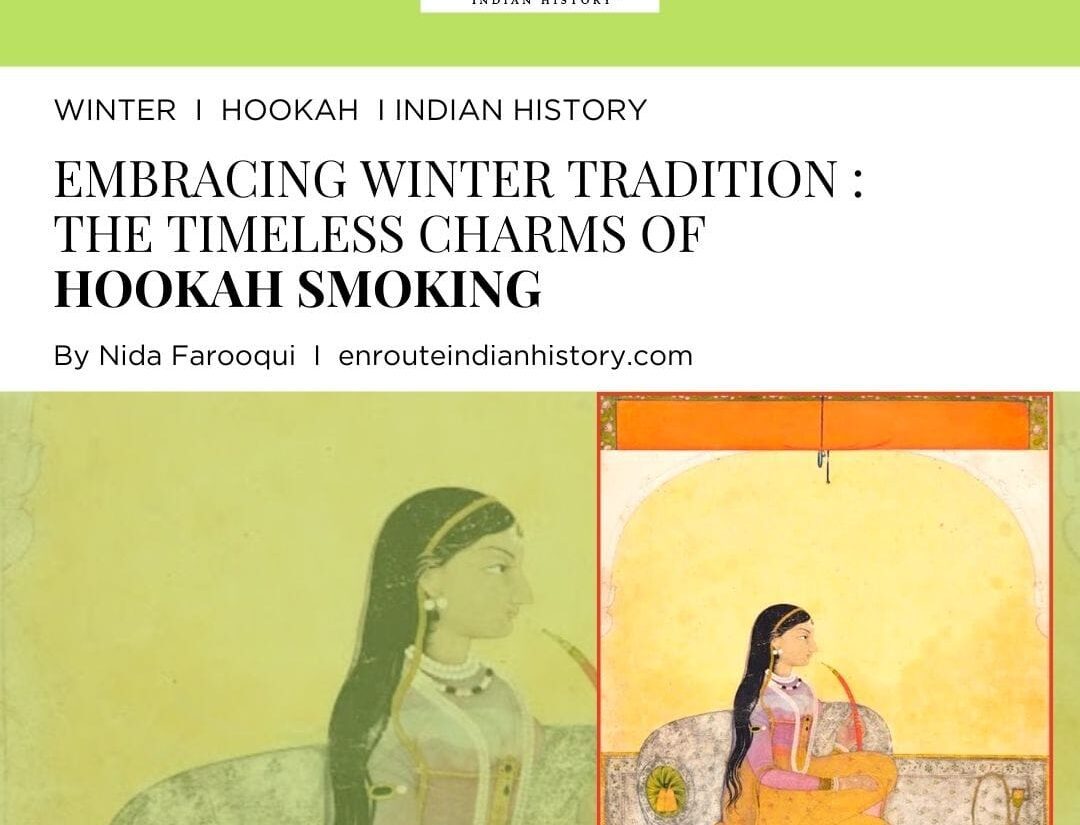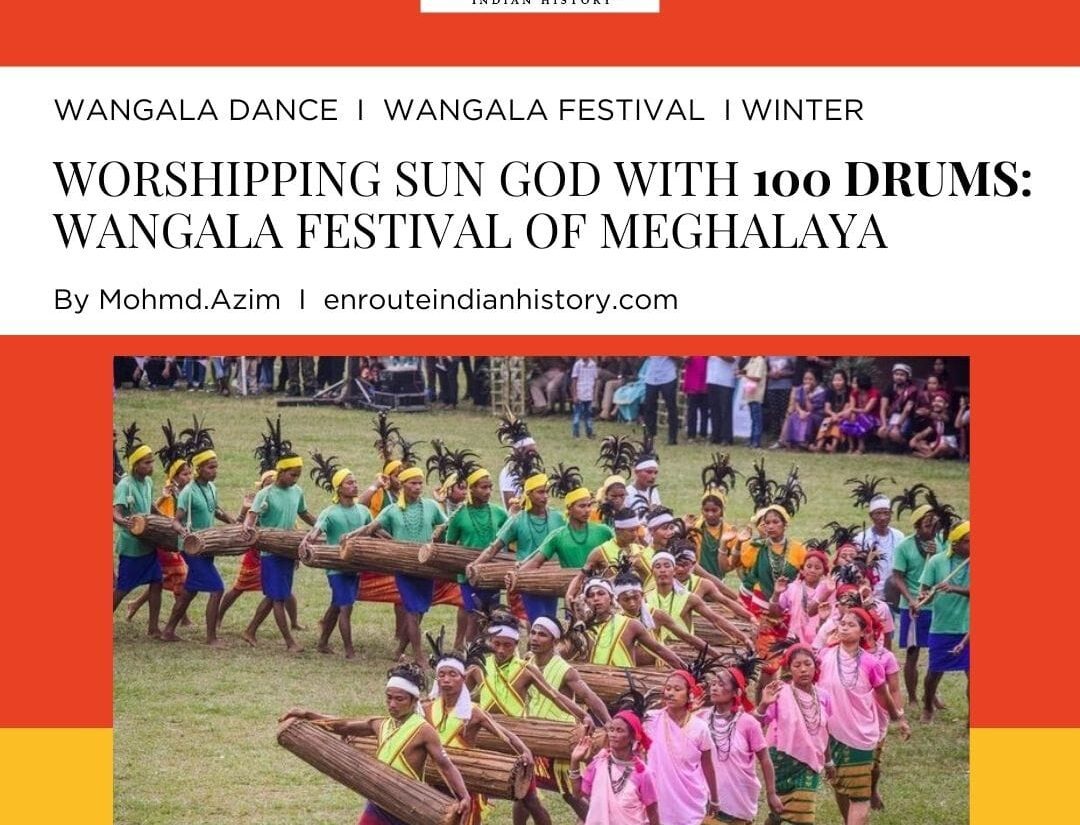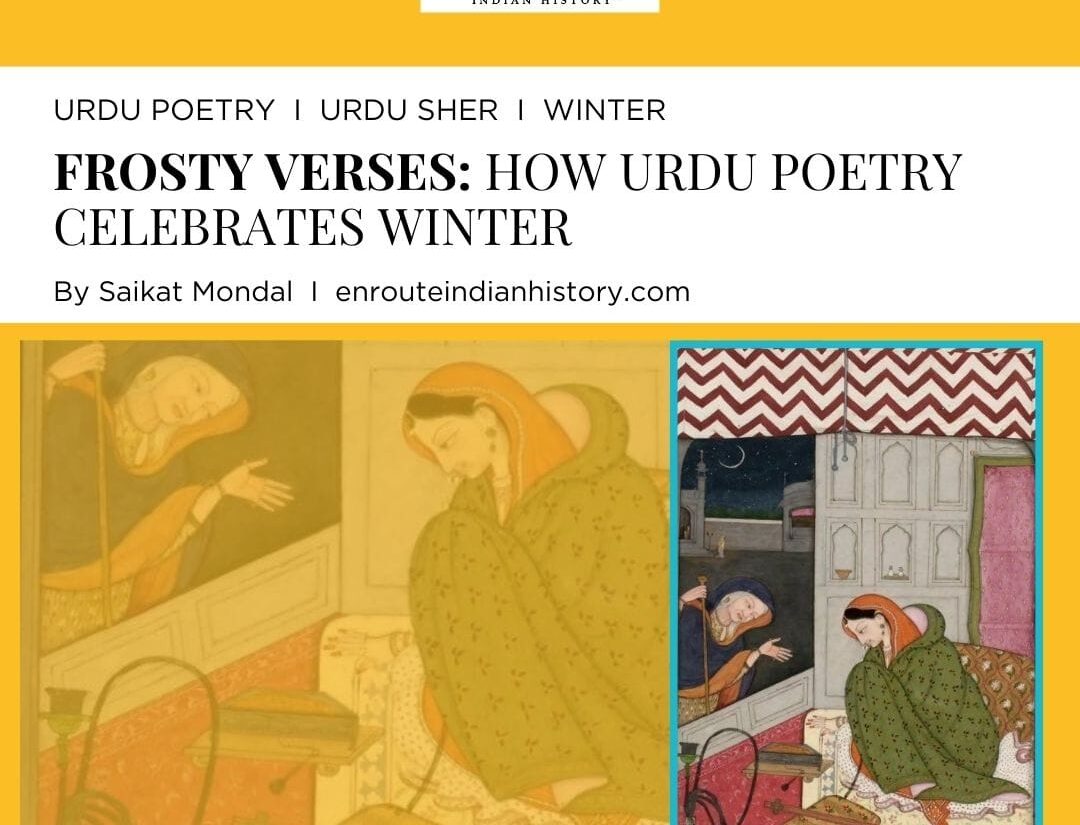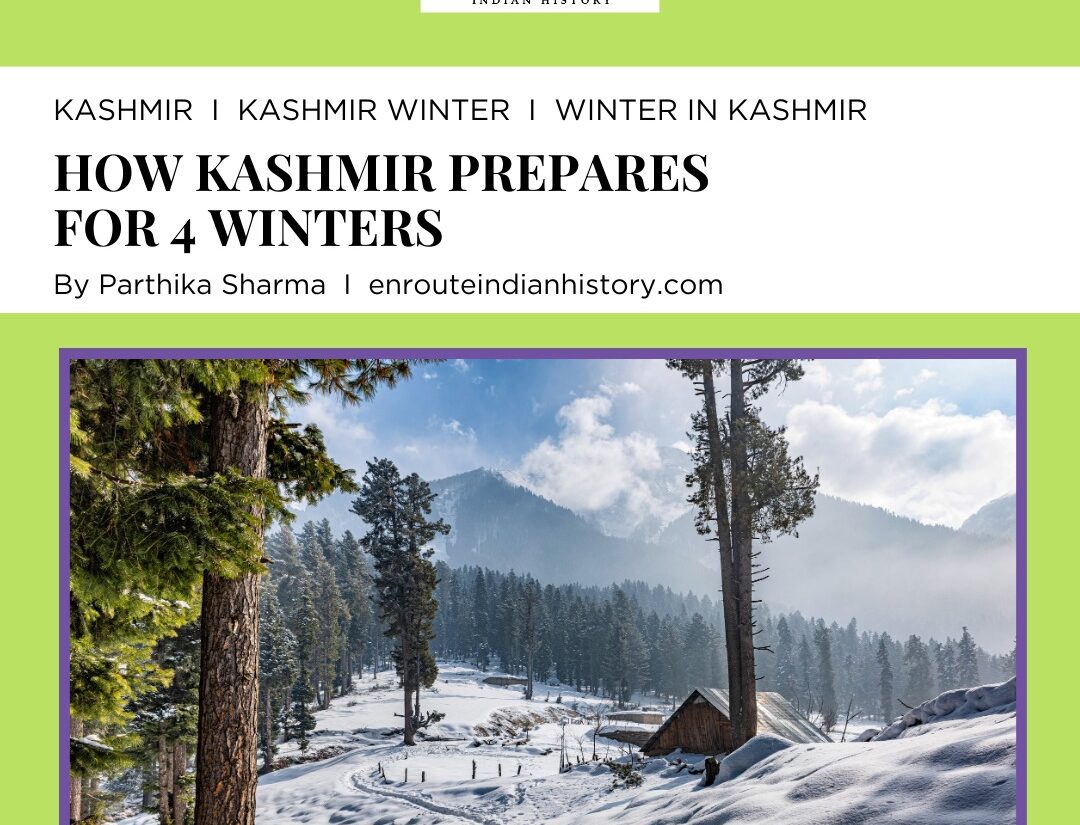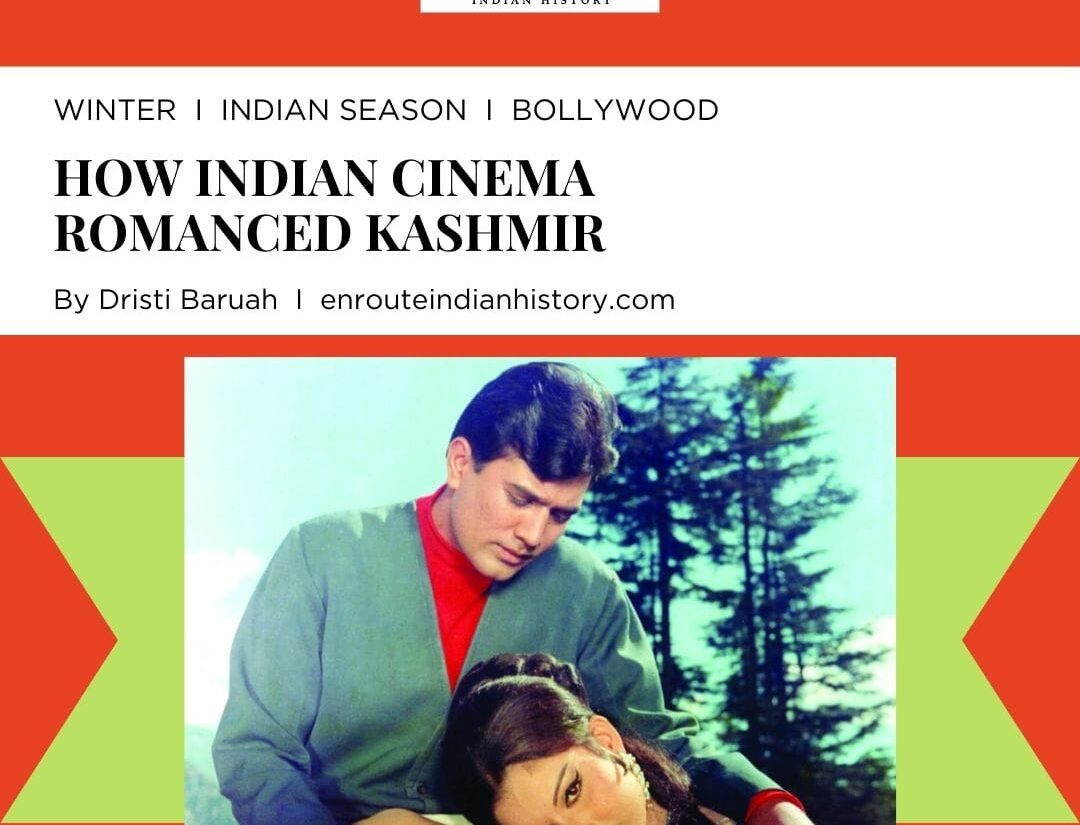
When we think about the winter, we imagine chilly breezes, longer and darker nights, warm muffs and mittens, colourful blankets, hot brews and food, festivals, and the holiday season. Winter fills our imagination as much as fall, spring and summer. We revel in the stories of winter and have done so throughout history. The stories of struggle against the harshness of winter, the poetry about the beauty it fills our landscapes with, and the cultural rituals required to spend the season safely and happily vary from one place to another. Indian Cinema too has understood the photographic importance of winter (Kashmir).When the temperature drops, many interesting tales celebrating the human spirit find a space for creative expression. Beginning as early as Charlie Chaplin’s 1925 silent film The Gold Rush, the frigid snowy environment created by winter has been applied as a metaphor for a myriad of meanings in cinema, including the Hindi film industry.
Bollywood has realized the cinematographic importance of a wintery landscape in a myriad of different films; when Raj Kapoor filmed portions of his film “Barsaat” in the Kashmir Valley in 1949, he not only introduced the beauty of the valley to the world but also began a decades-long flirtation and romance between cinema and winter. The consolidation of the relationship between romance and winter started by Barsaat truly began in the 1960s with the release of the box office hit Junglee starring Shammi Kapoor and debutante Saira Banu in 1961. Focusing on the story of an uptight aristocrat Shekhar and the gamine and dreamy Rajkumari, the first half of the film brings us some stunning visuals shot in Eastman color of Kashmiri snow, hills, riverine valleys and flower gardens. Songs like “Chahe koi mujhe junglee kahe”, and “Kashmir ki kali hoon main” capture in cinema the evergreen template of a pair of lovers walking through picturesque wintery locations, wearing colour co-ordinated woollens, expressing their love through songs. This incredibly popular box office formula, which was repeatedly used during the first part of the decade, left the Kashmir Valley stuck in the amber of overindulgence in movies, which was later hardened by nostalgia. The hills and valleys of Kashmir served as the setting and location for films such as Kashmir ki Kali (1964), Jab Jab Phool Khile (1965), and Roti! (1974), Kabhi Kabhie (1976), Noorie (1979), and Silsila (1981). Indian viewers were left with a lingering picture of a lovely scene, as filmmakers made the most of the region’s unspoiled beauty.

Still from Aradhana (1969)
There were other locations as well. Finding an Indian who hasn’t watched the song “Mere Sapno Ki Rani,” which stars Rajesh Khanna and Sharmila Tagore, would be difficult. Even after fifty years of its release, the legendary song continues to be a huge sensation. The entire song was recorded while travelling on the hill cart enroute to Darjeeling, with Rajesh Khanna’s automobile trailing behind the Toy Train carrying Sharmila Tagore. The first-ever Bollywood colour film shot in Darjeeling was Aaye Din Bahar Ke (1966) which became a huge smash because of the incredible on-screen chemistry between Dharmendra and Asha Parekh. For the bulk of the movie, Darjeeling’s stunning tea gardens served as the shooting site, a template that was utilized in many subsequent films such as Baharon ki Manzil (1968), Jhuk Gaya Aasman (1968), Aradhna (1969) and until recently Parineeta (2004), Barfi! (2012) and Jagga Jasoos (2017).
Thus, following Junglee we see the more and more frequent usage of winter, snowy landscapes and hilly tracts in Indian cinema and it was unsurprising. The post-independence euphoria had not subsided but the increased distribution of cinema among the masses meant a need for more admission into cinema halls. The auteurs were now required to join hands with the escapists. Love was no longer an examination of the society such as in Raj Kapoor’s Anari or Guru Dutt’s Pyaasa. The hill stations thus provided an alternate plane of reality where the rules of a conservative society could be forgotten and the stories were of overcoming challenges to love. The cinematographic choice combines two Indian desires, the agency of love and the celebration of the same in tranquillity, away-from-plane locations. But this was not the only way winter was utilized.
In Bimal Roy’s Madhumati (1958) Dilip Kumar plays Devendra, an urban, well-educated person from the plains who begins to be haunted by a perceived apparition of a woman, Madhumati, a tribal lady played by Vaijanthimala. According to the story, the mansion inhabited by Dilip Kumar’s Devendra was formerly owned by the evil landowner and wood magnate Ugranarain (Pran), who assaulted and murdered Madhumati. Beyond Madhumati’s demise, the flashback to that tragic story continues with its retaliation via her ghost. The film’s most striking feature is its emotional intensity, which is fueled by the narrative investments in déjà vu and reincarnation. It also questions hegemonic character representations, which are implied through a particular weaving together of tribal culture and mountain landscape. The film’s tribal fetishising mechanisms are redeemed by the daredevil heroine who outlives the very strict romance narrative that banishes her agency and the brooding hero is not actually someone who saves her but simply a means to an end.

Still from Wo Kaun Thi? (1964)
Another iconic film in the same genre is Raj Khosla’s 1964 classic Wo Kaun Thi? Which gave us the evergreen Lata Mangeshkar song ‘Lag jaa gale’. The sinister quality of the same black and white photography, eerie soundtrack and battle with gaslighting and murderous motivations make it a quintessential Gothic horror film of the vintage era. Stormy nights, strong winds, graveyards, dilapidated mansions, mysterious hitchhikers, eerie singing – this film has all the elements of a classic gothic horror film. But it is in the scenes shot in Shimla which takes the film to a threatening crescendo. A beautiful lady singing the lullaby of death to the handsome hero amid snowcapped mountains also became a template which was utilized in a myriad of different ways in subsequent horror films. In recent memory, Vikram Bhatt’s Raaz released in 2002, which was also a smash hit, utilized this template of horror in winter with the picturesque Ooty based song “Aapke pyaar me hum sawarne lage”.
These two films represent a second trend in the cinematographic depiction of winter, which is that of horror and suspense. The snow and hills are not always the abode of the beautiful and romantic. They also depict to us a danger; harsh winters incapacitate and deceive us. And what incapacitates and deceives is a threat. The shadows, the long hours of complete darkness, and the snowcapped location unavailable to access provide us with the imagery of something to be cautious of. Horror and thriller are genres that allow us to examine the dangerous in the mundane through the experience of heightened images and sound which leave us in a state of psychological panic. The genres also allow us to pose some questions regarding our own beliefs. So when a typically romantic and beautiful scene of a winter location is turned on its head we see the stories which come by in such situations that allow us to reflect on our biases and general beliefs. This template continues to this day with films such as Jaane Jaan (2023) shot in the mountains of Kalimpong gives us the story of a crime investigation filled with twists and turns.
But Bollywood has always presented places such as Kashmir, Darjeeling and Ooty as the eroticized landscape of the mind in Indians’ social fantasy, devoid of their political character. A reexamination of Bollywood’s representation of Kashmir was sparked by Mani Ratnam’s spectacular tale of guns and flowers in Roja (1992). It appears that violence and geopolitics have finally made an appearance in Kashmir-based cinema. Since the rise of Kashmiri separatism in 1989, the Valley has become a stage for a new kind of “cine-patriotism”, which celebrates the challenges of the Indo-Pak war rather than the struggle between the sexes as depicted in films such as Mission Kashmir (2000), Lakshya (2004) or as recently as Shershaah (2021), Sita Ramam (2022). As verdant meadows make way for jagged peaks, romance is replaced by war. Earlier the space for song, dance and a tumble in the snow, the Valley is now criss‐crossed by armies, infiltrators and militants. The astonishing brutality of the 1990s has given way to a protracted, but no less destructive, battle of attrition characterised by counter- and militancy, the Indian Army’s continual presence, and the entwining of national Hindu and local/global Islamic revivalisms. The departure of Hindus from Kashmir in 1990 and fractured and disorganized internal politics have now added to the latter problem.

Still from Haider (2014)
This interpretation of Kashmir and winter cinematography in general achieves a crescendo in Vishal Bharadwaj’s Hamlet adaptation, Haider. The video highlights a significant facet of the “biggest tragedy” that occurred in the mid-1990s—the security agencies’ harassment of the general public under the guise of a “crackdown” operation. The early morning news from the nearby towns used to be dominated by reports of bomb explosions, raids, crossfire, ambushes, crackdowns, cordons, and engagements between armed militants and the military during the height of militancy. The winter valleys are no longer romanticizable – be it for love or thrillers. The movie portrays a vivid picture of the issues of identity among the Kashmiri Muslims. And the very question is raised by Haider like in Shakespeare’s Hamlet; “To be or not to be,” when he says “hum hein ke hum nehi, agar hum hein to hein kaha?” (Do we exist, if we do where we are?). This is the same question Kashmiri Muslims have regarding their existence whether they are Kashmiri, Pakistani, or Indian. Sometimes they are blamed as Pakistani, anti-national and a terrorist, and there is no answer to this question. The snows of Kashmir are bloodied, be it with the blood of civilians, Haider or Arshia (Ophelia) played by Shraddha Kapoor. The coldness is in the hearts even as the teapot boils. The snow covers grave after grave. The nights mean curfew not romance or a ghost. This is the sadness of winter.

There is an inherent sadness to winter, symbolizing the loss of summer or happiness and cheerfulness, bleakness setting into seasonal depression and more. This is a theme that is utilized not just in politicized Kashmir-based films but also in many independent, unpoliticized interpersonal dramas. Vikramaditya Motwane’s Lootera, released in 2013, based on the O Henry story The Last Leaf, gives us the experience of betrayal, heartbreak, longing and dejection through the mountainscapes in Dalhousie. This is also utilized in later films such as Fitoor (2017), Laila Majnu (2018), Qala (2022)

Still from Qala (2022)
Thus winter can come to stand for a variety of meanings, be it love, fear, threat or misery. The point is to understand what each film is aiming at by understanding the metaphorical meanings of the frames utilized. Such a practice can only enrich our film-watching experience.
Reference
- Kabir, A. J. (2005). Nipped in the bud? Pleasures and politics in the 1960s ‘Kashmir Films’. South Asian Popular Culture, 3(2), 83-100.
Image source
- Mubi
- Cinestaan
- Film Companion
- Ultra films on YouTube
- The Hindu
- Bollywood Hungama
- Mint
- The Hindu
- August 28, 2023
- 6 Min Read
